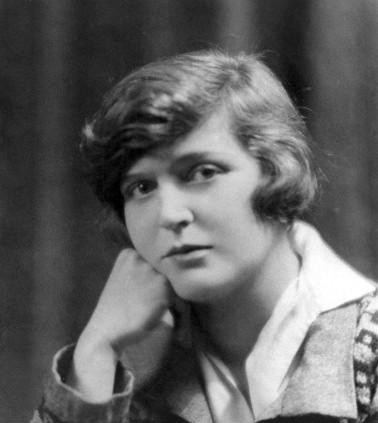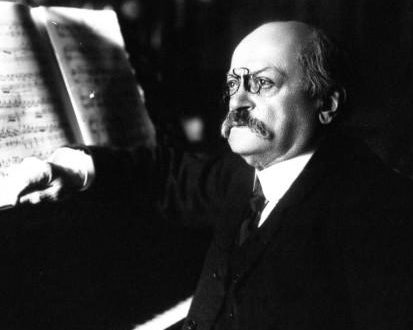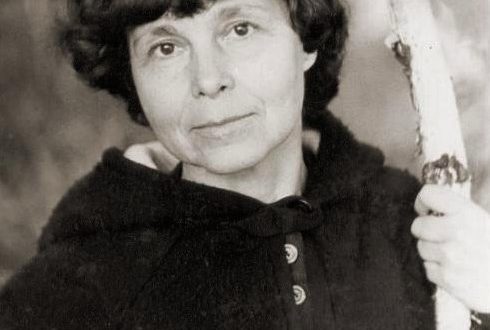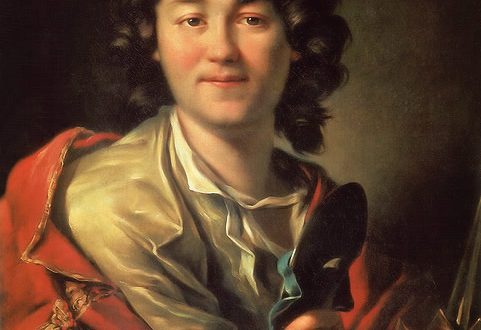
Germaine Tailleferre |
Germaine Tailleferre

French composer. In 1915 she graduated from the Paris Conservatoire, where she studied with J. Caussade (counterpoint), G. Fauré and C. Vidor (composition), and later consulted with M. Ravel (instrumentation) and C. Kequelin. The work of W. A. Mozart and the music of Impressionist composers had a great influence on the style of Tajfer. Since 1920, she was a member of the Six, performed in the group’s concerts. She took part in the creation of the first joint composition of The Six, the pantomime ballet The Newlyweds of the Eiffel Tower (Paris, 1921), for which she wrote Quadrille and Telegram Waltz. In 1937, in collaboration with composers who joined the anti-fascist Popular Front, she participated in the creation of the mass play “Freedom” (based on the play by M. Rostand; for the World Exhibition in Paris). In 1942 she emigrated to the USA, in the post-war years she moved to Saint-Tropez (France). Taifer owns works of various genres; a large place in her work is occupied by concertos for various instruments and for voice and orchestra, as well as stage works (most of which were not successful due to weak librettos and mediocre productions). Taifer has a bright melodic gift, her music is elegant, and at the same time marked by the “daring” innovative aspirations of the “Six” (especially in the first period of creativity).
Compositions:
operas – Once upon a time there was a boat (opera buffa, 1930 and 1951, Opera Comic, Paris), comic operas The Bolivar Sailor (Le marin du Bolivar, 1937, at the World Exhibition, Paris), The Reasonable Fool (Le Pou sensè, 1951) , Aromas (Parfums, 1951, Monte Carlo), lyric opera The Little Mermaid (La petite sirène, 1958) and others; ballets – Birdseller (Le marchand d’oiseaux, 1923, post. Swedish ballet, Paris), Miracles of Paris (Paris-Magie, 1949, “Opera comedian”), Parisiana (Parisiana, 1955, Copenhagen); Cantata about Narcissus (La Cantate du Narcisse; for soloist, choir and orchestra, to lyrics by P. Valery, 1937, used on Radio); for orchestra – overture (1932), pastoral (for chamber orchestra, 1920); for instrument and orchestra – concerts for fp. (1924), for Skr. (1936), for harp (1926), concertino for flute and piano. (1953), ballad for piano. (1919) and others; chamber instrumental ensembles — 2 sonatas for Skr. and fp. (1921, 1951), Lullaby for Skr. and fp., strings. quartet (1918), Images for piano, flute, clarinet, celesta and strings. quartet (1918); pieces for piano; for 2 fp. – Games in the air (Jeux de plein air, 1917); sonata for harp solo (1957); for voice and orchestra – concerts (for baritone, 1956, for soprano, 1957), 6 French. songs of the 15th and 16th centuries. (1930, performed in Liege at the International Festival of Contemporary Music); concerto grosso for 2 fp. and double wok. quartet (1934); songs and romances to the words of French poets, music for dramatic performances and films.
References: Schneerson G., French music of the 1964th century, M., 1970, 1955; Jourdan-Morhange H., Mes amis musiciens, P., (1966) (Russian trans. – Jourdan-Morhange E., My friend musician, M., 181, pp. 89-XNUMX).
AT Tevosyan





